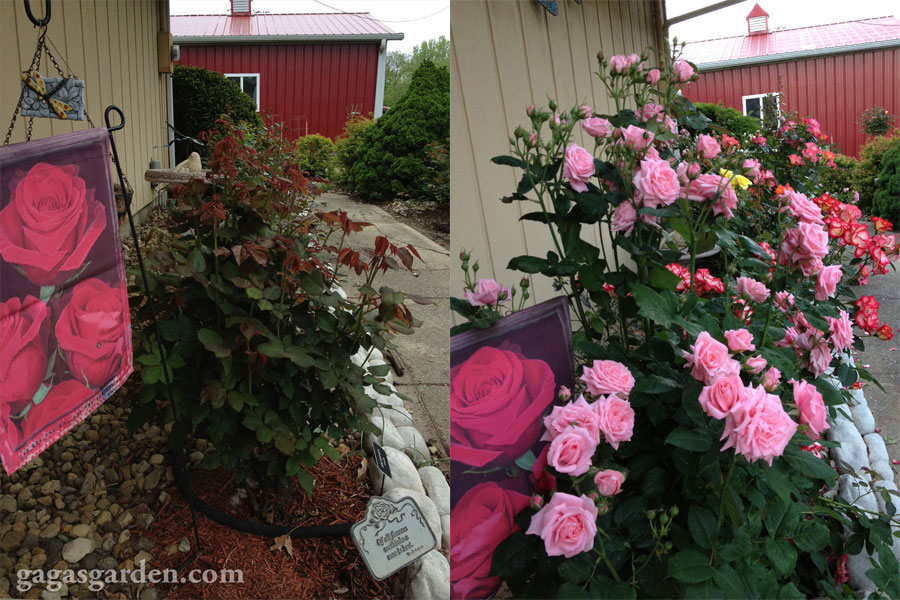

“It’s like déjà vu all over again.” ~ Yogi Berra
Have you ever experienced déjà vu and wondered: was that true déjà vu or have I actually done the exact same thing at the same time last year? My rose pruning, is a ritualistic Rite of Spring. The ‘Rite of Spring’ is an actual ballet and orchestral concert work by Russian composer, Igor Stravinsky, that when first performed, at the Théâtre des Champs-Élysées on 29 May 1913, the avant-garde nature of the music and choreography caused a sensation and a near-riot in the audience. I understand, if the symphony is anything like the cacophony of nature during spring and the urge to prune our bushes. Rosarians, and most all gardeners live for spring. It’s that simple. We lift leaves to peek for new growth and basal breaks.
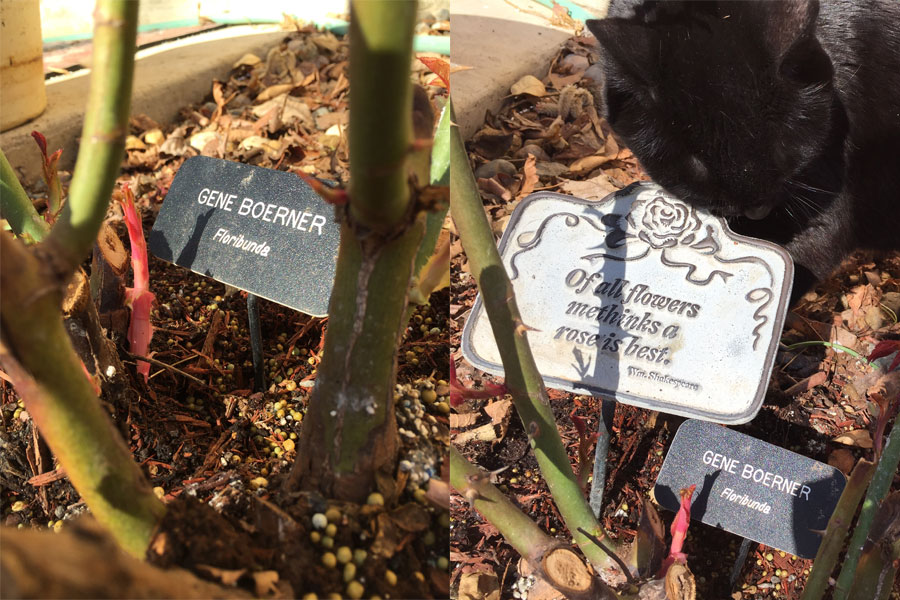
What Is A Basal Break?
A basal break is a new cane that sprouts from the bud union on grafted roses and from the ground on roses grown on their own root. The most exciting discovery for rose lovers are new basal breaks on their rose bushes. Fresh, renewed growth – the sign of a healthy plant– and a promise of new flowers to come makes our work exciting and worthwhile.
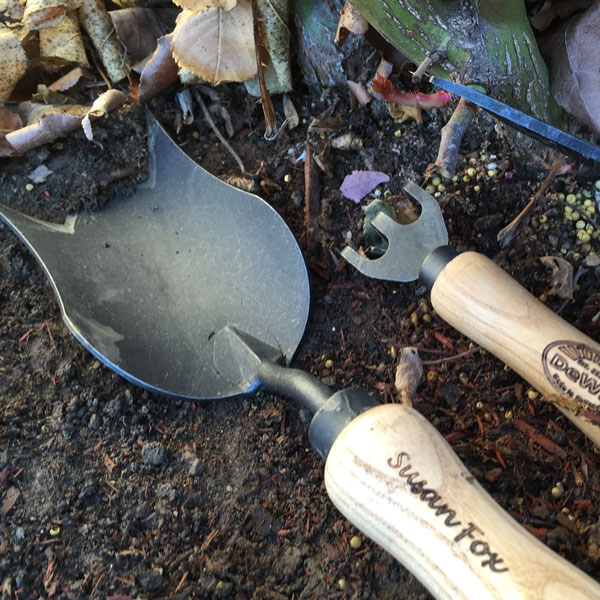
How Can We Protect Basal Breaks?
Today let’s talk about pruning roses and some of the most finite processes that require delicate tools that let you feel like an artist or a surgeon.
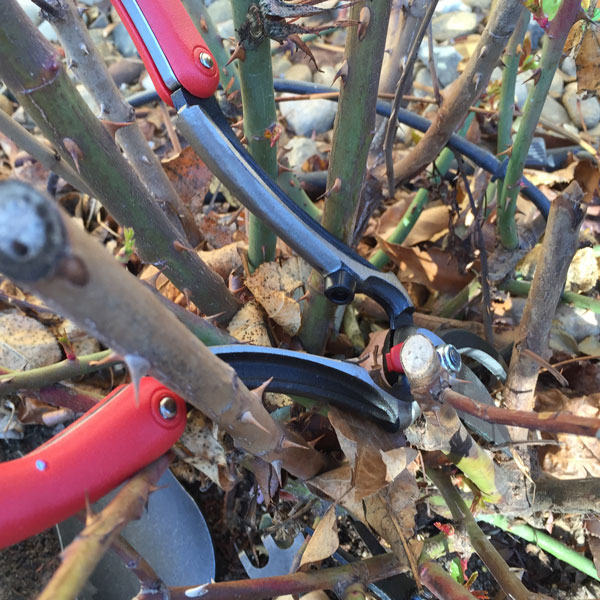
Gardeners love to work with their hands. That’s why we love tools. Tools that allow us to do more finite work make us feel more in touch with with the creation that is to be.
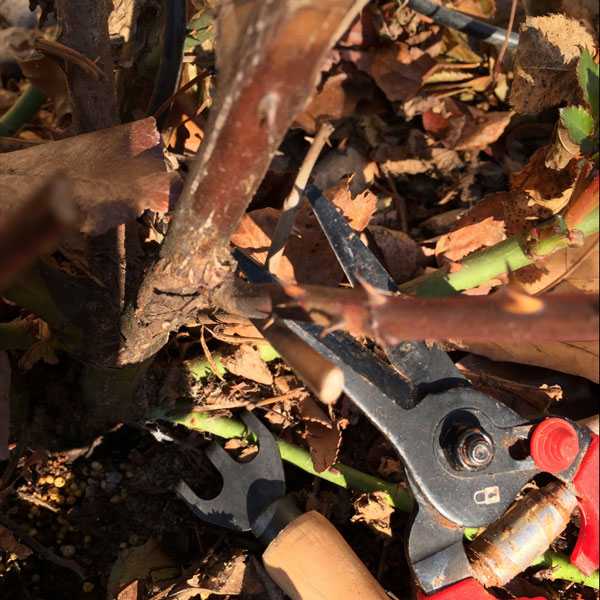
Its All In The Tools
You can see by the demonstration in the pictures how the needlenose pruners and loppers and the small fork allow us to get close to delicate growth while protecting it. These are the tools that allow us to get close and protect that precious new growth. A picture of how these tools work is worth a thousand words.
Have they tools ready. God will find thee work. ~ Charles Kingsley
Â
Â